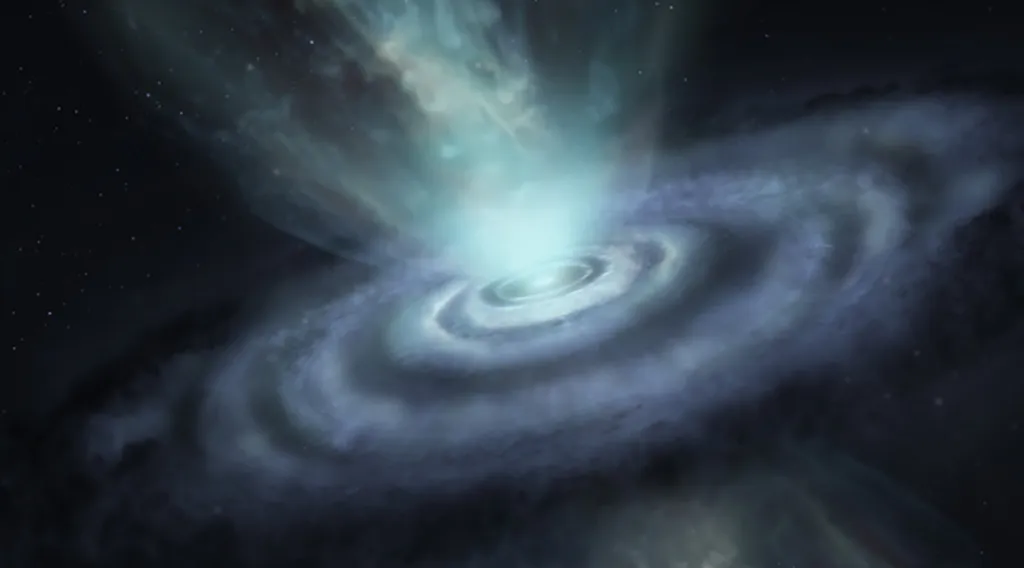Researchers from the University of Bonn, Chalmers University of Technology, and the University of Vienna have recently published a study in the journal Astronomy & Astrophysics that sheds light on the poorly understood process of mass loss in certain types of aging stars, which has implications for our understanding of cosmic dust and stellar evolution.
The team, led by Thiebaut Schirmer, focused on a star named R Doradus, an oxygen-rich asymptotic giant branch (AGB) star. AGB stars are in the late stages of stellar evolution and are significant contributors to the dust and gas in the universe. However, the mechanism behind mass loss in these stars is not well understood. The dust detected around them appears too transparent to drive winds through absorption alone, which has led scientists to consider other mechanisms, such as photon scattering on relatively large grains.
The researchers used high-angular-resolution polarimetric observations from the SPHERE/ZIMPOL instrument at the Very Large Telescope (VLT) to model the circumstellar dust around R Doradus. They employed the RADMC-3D radiative transfer code to explore a broad parameter space in grain size, density structure, and wavelength-dependent stellar radius. They examined three types of dust grains: Fe-free silicates (MgSiO₃), alumina (Al₂O₃), and Fe-bearing silicates (MgFeSiO₄), to evaluate whether any species can produce enough radiative pressure under realistic conditions.
Although several dust configurations reproduced the observed scattering patterns, none generated sufficient radiative force at realistic gas-to-dust ratios, even under maximal elemental depletion. This suggests that photon scattering on dust cannot by itself launch the wind, implying that additional mechanisms must contribute to the mass loss in AGB stars.
For the energy industry, understanding the formation and behavior of cosmic dust is crucial for several reasons. Dust in space can interfere with solar energy collection in space-based solar power systems. Additionally, studying the life cycles of stars helps us understand the distribution and evolution of elements in the universe, which is relevant for nuclear energy research. Moreover, the processes involved in stellar mass loss can provide insights into plasma physics and fluid dynamics, which are relevant to fusion energy research.
In summary, this study highlights the complexity of stellar mass loss and the need for further research to fully understand the processes involved. The findings contribute to our broader understanding of cosmic dust and stellar evolution, which has practical applications in the energy sector.
This article is based on research available at arXiv.

